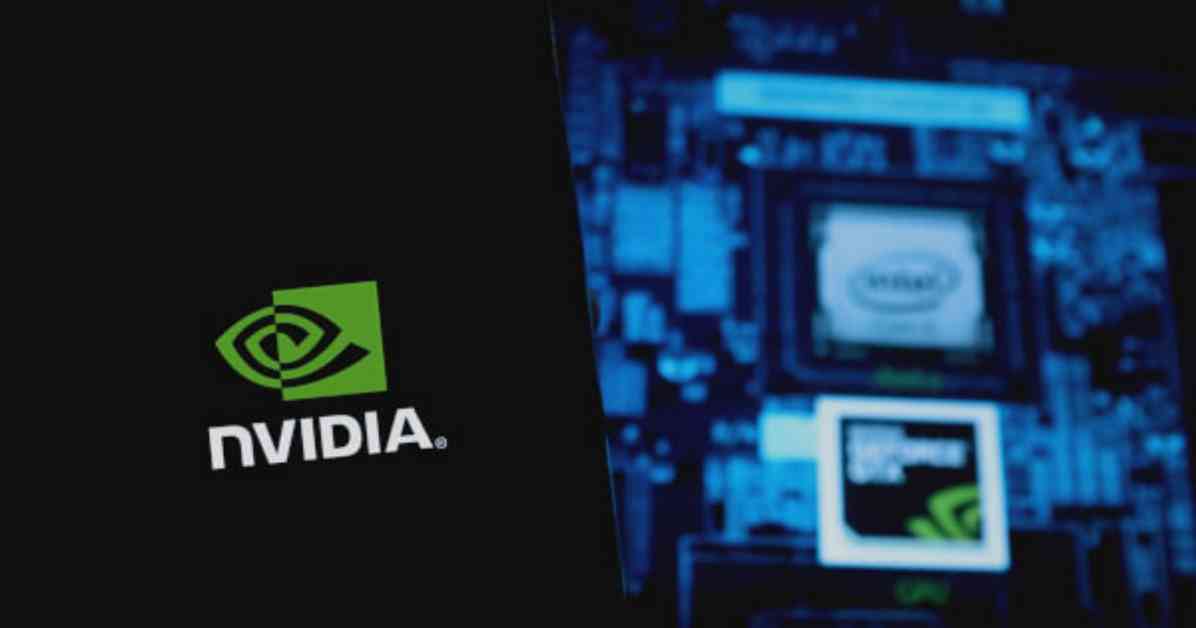NVIDIA’s DeepSeek-R1 model is revolutionizing AI model efficiency with its innovative approach to GPU kernel generation, utilizing inference-time scaling to optimize performance. This cutting-edge technique, introduced by NVIDIA, strategically allocates computational resources during inference to enhance AI models’ capabilities and streamline complex problem-solving processes.
The Role of Inference-Time Scaling in AI Models
Inference-time scaling, also known as AI reasoning or long-thinking, allows AI models to evaluate multiple potential outcomes and select the most optimal solution. This method closely resembles human problem-solving strategies, enabling AI to approach complex issues with a more systematic and strategic mindset.
NVIDIA’s recent breakthrough experiment showcased the power of the DeepSeek-R1 model in automatically generating GPU attention kernels. These kernels, crucial for large language models (LLMs), were not only numerically accurate but also optimized for various attention types without the need for explicit programming. In some cases, these generated kernels even outperformed those crafted by experienced engineers, highlighting the potential of this innovative approach.
Challenges and Complexities in Optimizing Attention Kernels
The attention mechanism plays a pivotal role in enhancing AI predictions and uncovering hidden data patterns by allowing models to selectively focus on essential input segments. However, the computational demands of attention operations increase significantly with the length of the input sequence, necessitating optimized GPU kernel implementations to prevent runtime errors and improve computational efficiency.
The optimization of attention kernels becomes even more challenging with various attention variants, such as causal and relative positional embeddings. Additionally, the emergence of multi-modal models like vision transformers introduces further complexity, requiring specialized attention mechanisms to preserve spatial-temporal information effectively.
Innovative Workflow with DeepSeek-R1 for Enhanced GPU Kernel Generation
NVIDIA’s engineers have developed a groundbreaking workflow leveraging DeepSeek-R1, which integrates a verifier into the inference process within a closed-loop system. This innovative approach begins with a manual prompt to generate initial GPU code, followed by thorough analysis and iterative improvement based on feedback from the verifier.
Through this method, significant enhancements in attention kernel generation have been achieved, with a remarkable 100% accuracy rate for Level-1 problems and 96% for Level-2 issues, as verified by Stanford’s KernelBench benchmarking tool.
Future Prospects and Continued Research in GPU Kernel Generation
The introduction of inference-time scaling with DeepSeek-R1 represents a promising leap forward in GPU kernel generation for AI models. While the initial results are undoubtedly impressive, ongoing research and development efforts are crucial to consistently deliver superior outcomes across a broader spectrum of problems.
For developers and researchers eager to delve deeper into this transformative technology, the DeepSeek-R1 NIM microservice is now readily accessible on NVIDIA’s build platform, offering a gateway to explore the limitless possibilities of enhanced GPU kernel generation.
By embracing the power of inference-time scaling and the innovative capabilities of DeepSeek-R1, NVIDIA is paving the way for a new era of AI model optimization and efficiency, shaping the future of artificial intelligence with groundbreaking advancements and unparalleled precision.














